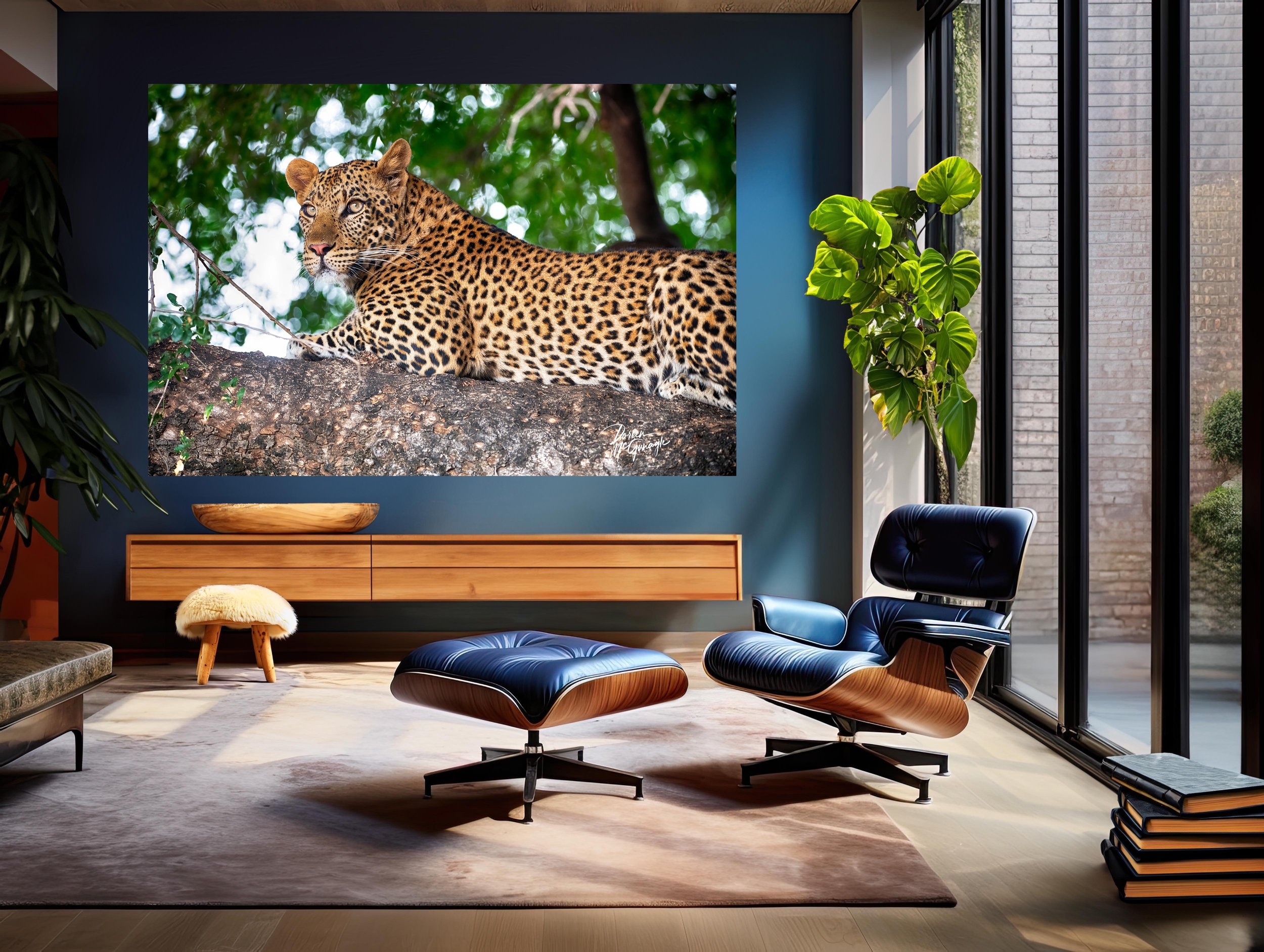The Impact of Conservation Photography
In the intersection of art and advocacy, a unique role emerges. That of the conservation photographer.
Conservation photography is more than just capturing the beauty of nature. It's a powerful tool for environmental awareness.
Through the lens of a conservation photographer, we see the world in a different light. We see the impact of human activities on our planet.
These images tell stories of the struggles and triumphs of nature. They inspire us to take action and protect our environment.
In this article, we delve into the world of conservation photography. We explore its history, its impact, and its future.
Whether you're a photography enthusiast, an environmental activist, or just someone who cares about our planet, this article is for you.
Caddo Lake 66, Fine Art Black and White
During this stormy morning the sky threatened to drench us with rain. Despite the conditions, the team was determined to capture the raw beauty of Caddo Lake, and the resulting images are truly remarkable. From the moody and atmospheric shots to the more serene and tranquil scenes, each image is a work of art in its own right. Learn more
Understanding Conservation Photography
Conservation photography is a genre that combines nature photography with environmental activism. It's not just about capturing stunning images of nature. It's about using those images to inspire change.
Conservation photographers use their skills to document the beauty of our planet and the threats it faces. Their work raises awareness about environmental issues and encourages people to take action. They are storytellers, educators, and advocates for the environment.
The History and Evolution of Conservation Photography
The roots of conservation photography can be traced back to the late 19th century. Pioneers like William Henry Jackson and Ansel Adams used their images to advocate for the creation of national parks in the United States. Their work showed people the beauty of these landscapes and the importance of protecting them.
Over time, conservation photography has evolved to address a broader range of environmental issues. Today's conservation photographers document everything from climate change to deforestation to endangered species. Their work continues to inspire people to care about our planet and take action to protect it.
Notable Figures in the Field
Conservation photography has been shaped by many talented individuals. One such figure is Art Wolfe, renowned for his stunning images of wildlife and landscapes. His work has played a crucial role in raising awareness about endangered species and threatened habitats.
Another influential conservation photographer is Cristina Mittermeier. She co-founded the International League of Conservation Photographers and SeaLegacy, organizations dedicated to promoting environmental conservation through visual storytelling. Her powerful images of marine environments have shed light on the urgent need to protect our oceans.
The Role of Conservation Photography in Environmental Awareness
Conservation photography plays a pivotal role in fostering environmental awareness. By capturing the beauty and fragility of nature, conservation photographers inspire viewers to appreciate and protect our planet. Their images serve as a visual reminder of the environmental challenges we face, such as deforestation, climate change, and biodiversity loss.
Moreover, conservation photography can influence public opinion and policy. Powerful images can evoke strong emotions and prompt action, making them effective tools for environmental advocacy. Conservation photographers often collaborate with environmental organizations, using their images to support campaigns for sustainable practices and conservation efforts.
Techniques and Ethical Considerations
Conservation photographers employ a variety of techniques to capture compelling images. These include macro photography for detailed shots of flora and fauna, landscape photography to depict habitats, and wildlife photography to document animal behavior. They also use storytelling techniques, combining images with narratives to convey a message or evoke an emotional response.
Ethical considerations are paramount in conservation photography. Photographers must respect the natural environment and avoid causing harm or distress to wildlife. They must also be truthful and accurate in their depiction of nature, avoiding manipulation that could misrepresent the reality of environmental issues.
Leopard Serenity
Immerse yourself in the breathtaking beauty of "Leopard's Serenity," a mesmerizing artwork that captures the majestic essence of a leopard in its natural habitat. With its striking rosette patterns, alert eyes, and powerful poise, the leopard exudes elegance and grace against a backdrop of lush green foliage. Learn more
Conservation Photography vs. Nature Photography
Conservation photography and nature photography share similarities, but they serve different purposes. Nature photography focuses on capturing the beauty and diversity of the natural world. It aims to inspire appreciation and awe for nature, often showcasing landscapes, wildlife, and plants in their most stunning forms.
On the other hand, conservation photography has a more specific goal. It seeks to raise awareness about environmental issues and promote conservation efforts. While it also captures the beauty of nature, it equally highlights the threats and challenges faced by our environment. It's a form of activism, using powerful imagery to advocate for change.
Challenges and Storytelling in Conservation Photography
Conservation photography is not without its challenges. Photographers often work in harsh and unpredictable conditions, facing physical, logistical, and ethical dilemmas. They must balance the need to document reality with the responsibility to respect wildlife and their habitats.
Storytelling is a crucial aspect of conservation photography. A single image can tell a powerful story, but a series of images can provide context and depth. Through visual narratives, conservation photographers can convey the urgency of environmental issues, the complexity of ecosystems, and the impact of human actions on nature.
Case Studies: Conservation Photography in Action
Conservation photography has been instrumental in numerous environmental campaigns. For instance, images of the Amazon rainforest's destruction have sparked global outrage and calls for action. These powerful visuals have highlighted the urgent need for conservation and sustainable practices.
Another example is the documentation of polar ice melt. Striking images of shrinking glaciers and stranded polar bears have brought the reality of climate change to the forefront of public consciousness. These images serve as stark reminders of the consequences of our actions on the planet.
The Future of Conservation Photography
As we move forward, conservation photography will continue to play a crucial role in environmental advocacy. With advancements in technology, photographers can capture and share images more easily and widely than ever before. This increased accessibility has the potential to inspire a new generation of conservationists.
At the same time, the field faces new challenges. As the effects of climate change become more pronounced, the urgency and importance of conservation photography will only grow. Photographers will need to adapt and innovate to effectively document and communicate these critical environmental issues.
Empowering Conservation Through Photography Support
For those looking to support conservation photographers, it's essential to recognize that this profession extends beyond merely capturing stunning images. It's about amplifying narratives that drive action and advocate for conservation.
To effectively aid conservation photographers, it's crucial to foster an understanding of environmental challenges and uphold ethical standards. Additionally, it's important to facilitate ongoing learning and adaptation, as the landscape of conservation photography is constantly shifting.


